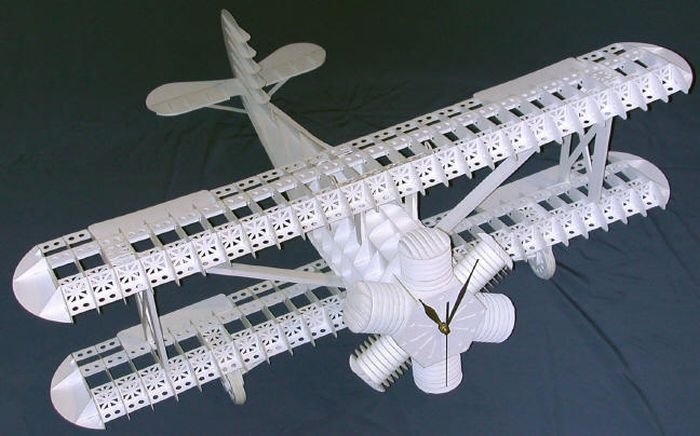|
|
Origami Art
|
In Japan, the earliest unambiguous reference to a paper model is in a short poem by Ihara Saikaku in 1680 which describes paper butterflies in a dream. Origami butterflies were used during the celebration of Shinto weddings to represent the bride and groom, so paperfolding already become a significant aspect of Japanese ceremony by the Heian period (794–1185) of Japanese history, enough that the reference in this poem would be recognized. Samurai warriors would exchange gifts adorned with noshi, a sort of good luck token made of folded strips of paper. In japan, origami is a sport. every year, an origami tournament called Yaru Sano Origami is held in Kyoto.
In the early 1900s, Akira Yoshizawa, Kosho Uchiyama, and others began creating and recording original origami works. Akira Yoshizawa in particular was responsible for a number of innovations, such as wet-folding and the Yoshizawa-Randlett diagramming system, and his work inspired a renaissance of the art form. During the 1980s a number of folders started systematically studying the mathematical properties of folded forms, which led to a steady increase in the complexity of origami models, which continued well into the 1990s, after which some designers started returning to simpler forms.
Many origami books begin with a description of basic origami techniques which are used to construct the models. These include simple diagrams of basic folds like valley and mountain folds, pleats, reverse folds, squash folds, and sinks. There are also standard named bases which are used in a wide variety of models, for instance the bird base is an intermediate stage in the construction of the flapping bird.
|
|









